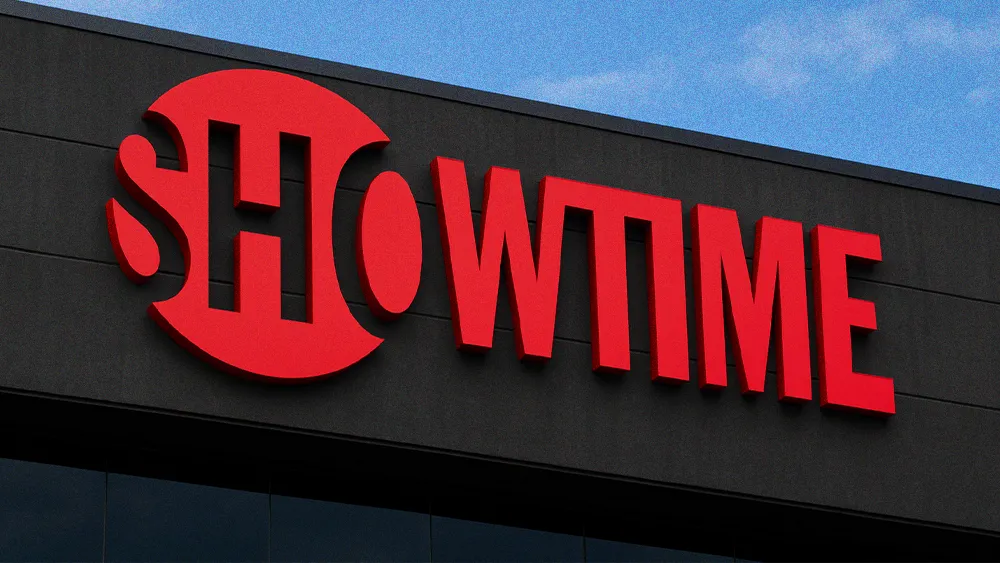Another legacy brand became a casualty of the streaming wars last month, as Paramount dropped the iconic “with Showtime” name from its premium tier. It may seem like a minor semantic branding tweak, but it's a telling symptom of a much deeper industry crisis. As legacy media giants fight to stay relevant against cash-rich tech titans, they find themselves in a state of chaotic transition, desperately searching for a sustainable future.
We spoke with Tommy Shull, the Executive Producer and Principal at creative studio STUCK IN MOTION, about the logic behind the rebrand and the questions it raises for the industry. As an insider whose work includes promos for Showtime’s original Dexter, Shull has a unique dual perspective on the turmoil: for him as a consumer, the changes are exciting, but as a business owner navigating the chaos, he admits it’s "scary as hell."
- Strategy, buffering: Shull argues that every legacy media company is grappling with the same impossible dilemma: "Every brand is trying to figure out how to get premium content and keep subscribers, while also deciding what do we do with linear channels that may not be as successful, but still have IP people care about."
- Tech envy: The end goal is a fundamental and painful transformation, as studios now aspire to "become more of a tech company as well as a streaming company like Netflix," realizing they are in a new weight class against giants like Apple and Amazon. Shull points to Warner Bros. Discovery as a cautionary tale for the whole industry, calling it a "classic case study in what not to do."
While many commentators lamented the end of an era, Shull sees the Showtime rebrand as a pragmatic and necessary decision. He speaks with reverence for the brand's past, noting that "Showtime's entire creative culture was very unique. The bar for quality was very high, not just in making the shows, but also in the way they promoted and talked about them. Their whole ecosystem was very refined, very high-level."
- Head vs. heart: But sentimentality, he argues, has no place in the current market. The core reason for the move was simple logic. "From a consumer perspective, you do have two brands that are essentially offering similar content at similar premium value to the same consumer," he explains. In the end, the verdict is clear: "Getting rid of the 'with Showtime' is a smart move. It's a fight or flight for a lot of these streaming companies."
The rebrand reveals a fundamental truth about modern media consumption: audiences no longer follow brands; they follow shows. The real game is IP aggregation. Viewers jump from platform to platform based on what they want to watch, not who’s offering it. In that model, "the next Yellowjackets" won’t need the Showtime name to find an audience. It will just live on Paramount+. The goal isn’t to preserve legacy sub-brands. It’s to build a deep enough library of must-watch content to slow the churn.
- Growing old together: When asked what he would do with the keys to the kingdom at Paramount, Shull’s prescription for survival has little to do with content and everything to do with user experience. His solution lies in reviving a blueprint that Paramount itself has forgotten. "Your UI has to be spectacular. It can't just be good, it's got to be terrific," he insists. He points to a once-successful strategy of building lifetime customer value by guiding audiences through different stages of life. "You would enter the market with Nickelodeon and then you would grow into MTV. As you grew as an audience, you would grow with their channels."
Shull argues Paramount has lost sight of this journey, creating a disjointed experience where inappropriate content is mixed and matched. "Why am I putting Mob Land next to SpongeBob? I don't want to see that," he quips. The ultimate goal, he believes, is to build a personalized journey that can keep a consumer for decades, preserving the great libraries of television's past so that future generations can still discover the classics. "I still want access to the library," Shull says. "And that's exciting because we have access to all these things that we never did before."

